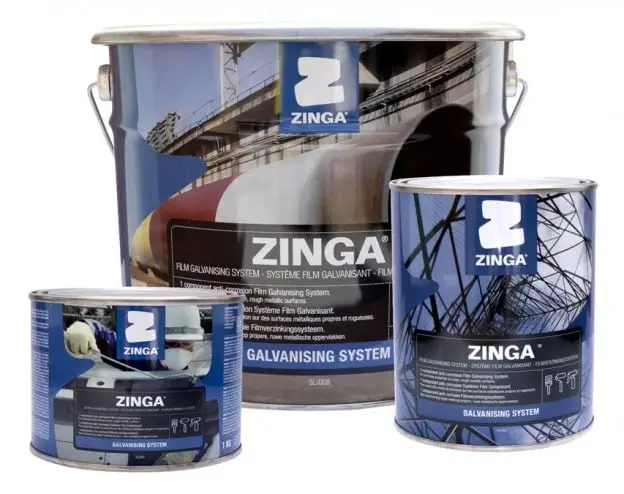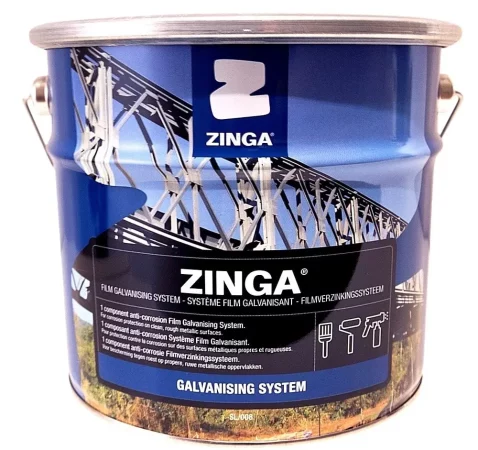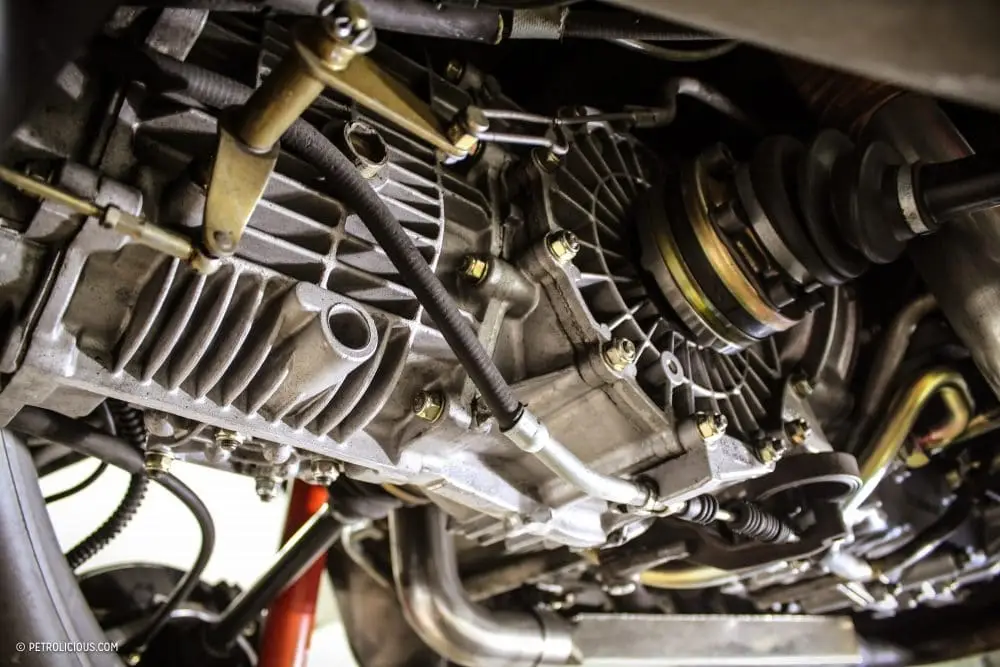Problems | Cause | Remedy |
| 1. Zinga does not dry | The incorrect solvent was used for thinning | Discard all suspect Zinga, and begin again with new Zinga from unopened tins |
| 2. Zinga dries but goes rubbery in places | It was applied over an old coating | Re-blast the entire affected area and check that a surface cleanliness of SA 2.5 has been achieved before progressing any further. |
| 3. Zinga ‘cobwebs’ when being sprayed by conventional spray-gun | The Zinga has not been thinned correctly | Make sure that the Zinga is thinned approximately 5% with Zingasolv |
| 4. Zinga has an ‘orange-peel’ appearance and also sometimes dries slower | The Zinga was applied too thickly, or was not thinned correctly | Dilute the Zinga +/- 5% with Zingasolv and apply 2 or 3 thinner coats |
| 5. More Zinga than estimated is being used | The blast profile is too deep | Change the blast-media to the correct grade before proceeding |
| 6. Less Zinga is being used than estimated | The Zinga has been over-thinned | Use new Zinga from an unopened tin, and dilute it with the over-thinned Zinga |
| 7. Excessive misting developes when spraying | The Zinga has been over-thinned | Use new Zinga from an un-opened tin. Dilute it with the over-thinned Zinga |
| 8. After drying the Zinga can be easily removed | The steelwork was not blast-cleaned, or was not given the correct profile | Select the correct grade of blast-media and re-blast the entire area |
| 9. After drying, the Zinga coating remains ‘cheesy’ | The Zinga has been applied over oil or grease. | The affected area must be thoroughly washed down with strong detergent or a steam lance, and re-blasted |
| 10. After UHP-blasting the Zinga displays poor adhesion qualities | The original blast-profile, it there was one, has not been sufficiently exposed to provide a ‘key’ | The entire affected area must be re-blasted, with either grit or slurry, and the blast-profile depth checked before any subsequent coatings are applied |
| 11. After being coated, the steelwork displays a patchy appearance when viewed obliquely | Either the Zinga has been over-thinned or the blast-profile is too deep. | Check the viscosity of the liquid, and apply subsequent coats until the patches disappear |
| 12. A topcoat over Zinga forms blisters or delaminates | The top-coat has been applied too heavily, causing solvent entrapment | Remove the topcoat (and Zinga if required) and re-apply at the correct dry film thickness |
| 13. A topcoat remains cheesy after application onto Zinga | The top-coat was an alkyd enamel | Wash off the coatings with acetone and re-blast the whole affected area. |
| 14. Powder-coating displays pinholes after the baking schedule has been completed | The Zinga coating was not given sufficient curing time | Re-blast the entire affected area and re-apply both coatings. Pre-heating the steelwork helps drive any trapped solvents |
| 15. Over hot-dip galvanizing, the Zinga layer breaks away | The HDG was too new to be over-coated with Zinga | Ensure that all passivation has been removed and sweep-blast the HDG at a pressure of 60 psi |

How Zinga Works – The Cold Applied Galvanising System
What is Zinga? Zinga is not paint. It is a pure zinc coating (with no pigments or extenders etc) and it will physically galvanise a car body or chassis and provide a great many years of protection against rust in any form. All conventional 2K automotive paints as well as basecoat or clear automotive paints can


